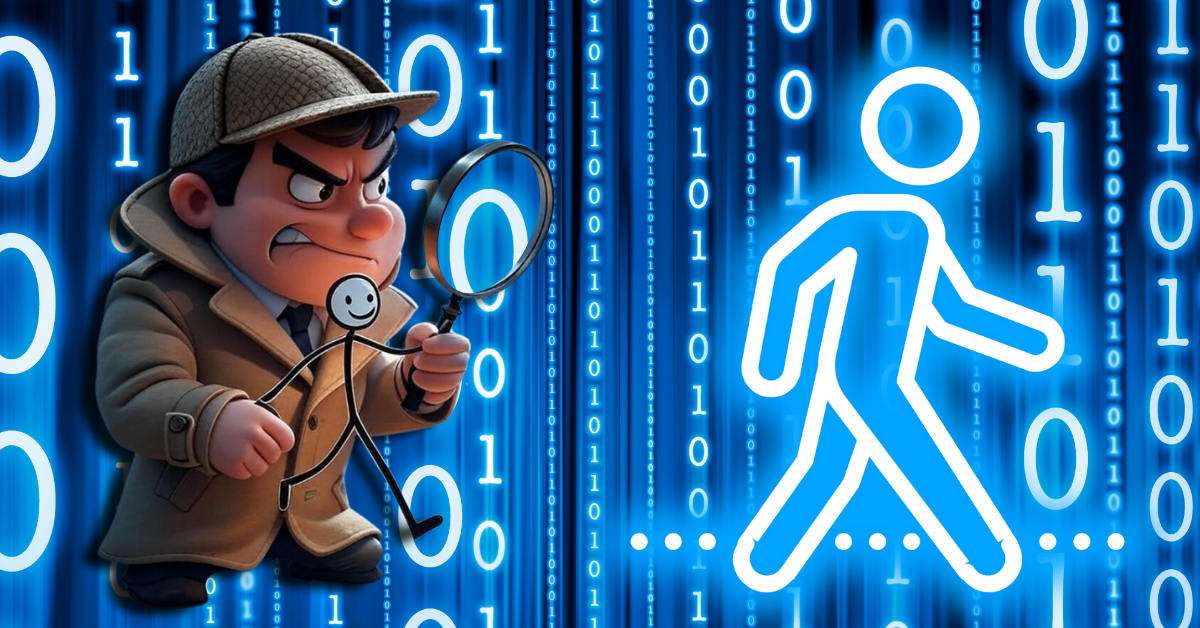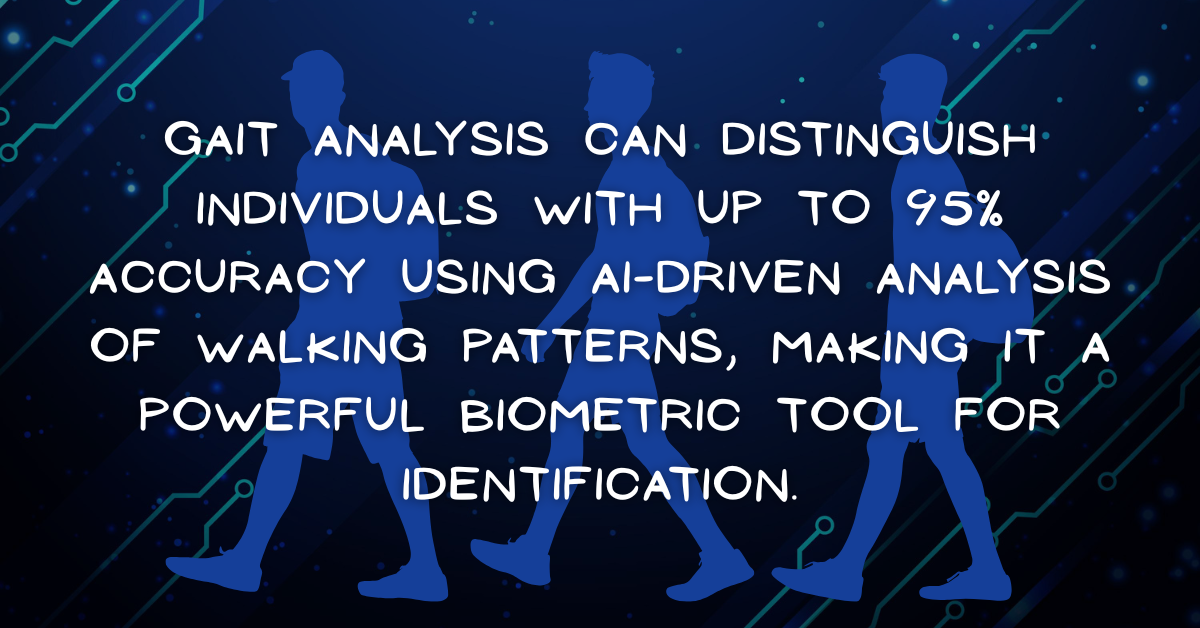Categories
Gait analysis, an emerging cornerstone of biometric technology, deciphers the intricacies of how people walk or run. This technique leverages motion data, biomechanics, and artificial intelligence to extract distinctive patterns of movement that can verify identity, monitor health, and enhance physical performance.
In this article, we uncover the technology driving gait analysis in biometrics, explore its core mechanics, real-world use cases, and discuss its growing role across diverse sectors—from public safety to clinical diagnostics.

Gait analysis focuses on observing and quantifying a person’s walking or running pattern to derive individual movement signatures. These patterns function like digital fingerprints, offering a non-contact, behavior-based biometric capable of identifying individuals even at a distance.
Gait functions as a behavioral biometric that is difficult to fake and unobtrusive to measure, making it ideal for passive security applications.
Individual gait is influenced by musculoskeletal structure, neuromotor control, and external factors, resulting in a highly personal movement profile.
Biometric gait analysis integrates a mix of high-tech sensors and data interpretation tools to collect, analyze, and authenticate based on human movement.
High-fidelity motion capture systems are widely used in labs to model human gait with high precision.
Portable and non-invasive, wearable devices provide on-the-go gait tracking.
Using everyday cameras, computer vision extracts gait features from visual data.

These tools collect kinetic data to enrich the gait profile.
Machine learning plays a central role in decoding complex gait signals into usable biometric profiles.
The insights drawn from gait analysis support a growing range of practical applications beyond identity validation.
Gait offers a discreet way to verify identity in high-traffic or sensitive areas.
Example: Corporate offices use gait-enabled systems to control building access without cards or passwords.
Medical professionals use gait data to detect and monitor neurological and musculoskeletal conditions.
Athletes use gait metrics to fine-tune technique and prevent injuries.
Gait recognition supports criminal investigations through surveillance footage analysis.
Although promising, gait analysis faces several technical and social hurdles that limit broader implementation.
Variations due to footwear, clothing, surface type, or fatigue can compromise recognition accuracy.
Analyzing gait data at scale and in real-time requires powerful computation and optimized algorithms.
Continuous motion tracking raises questions about consent, transparency, and data security.
Fusing gait data with other biometric methods requires compatible systems and robust interoperability protocols.
Ongoing advancements are poised to make gait biometrics more accessible, precise, and secure.
Gait analysis offers a compelling vision for the future of biometric authentication—contactless, unique, and scalable. As technologies evolve and ethical frameworks mature, gait-based systems will enhance everything from personal device security to clinical diagnostics. With every step, we move closer to a world where movement itself becomes the key to identity.